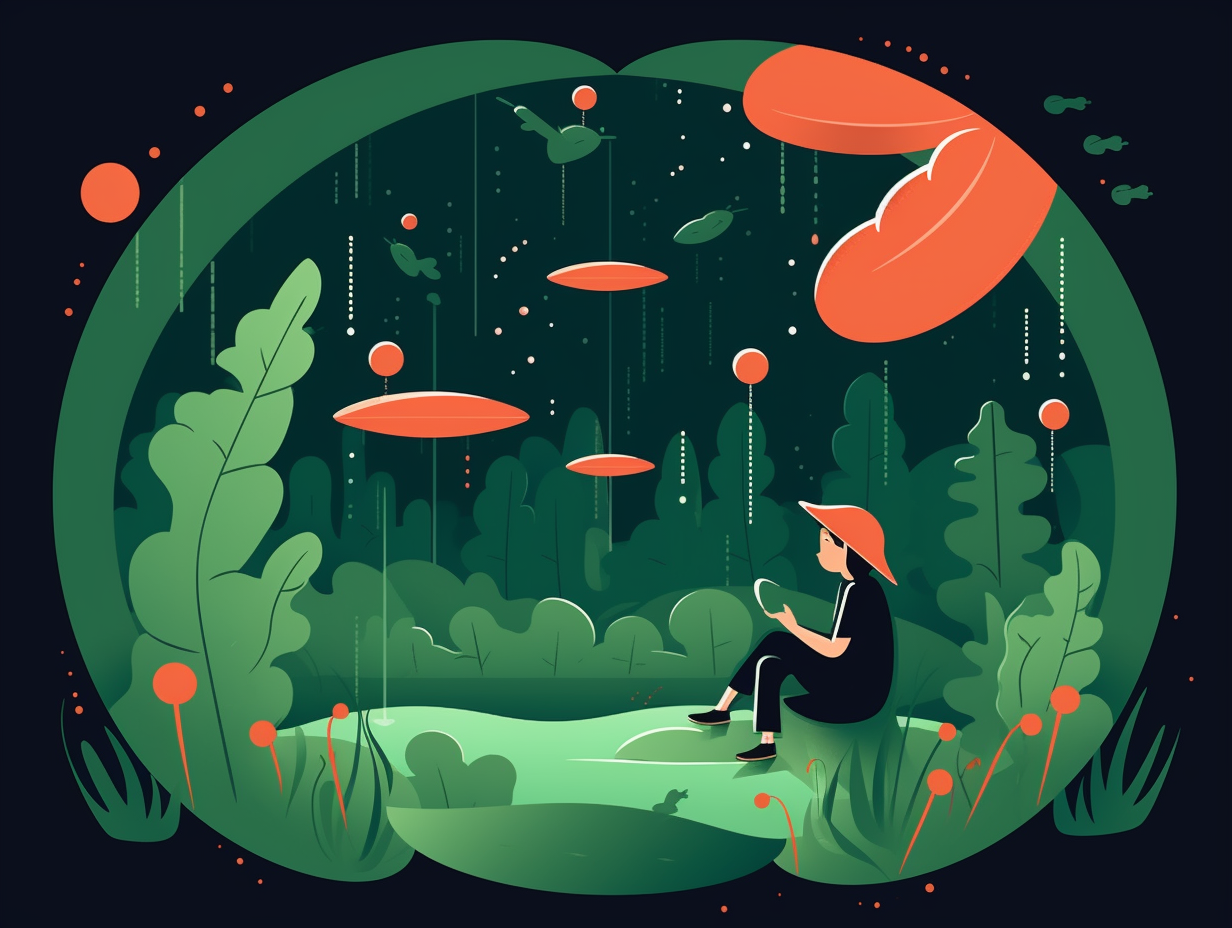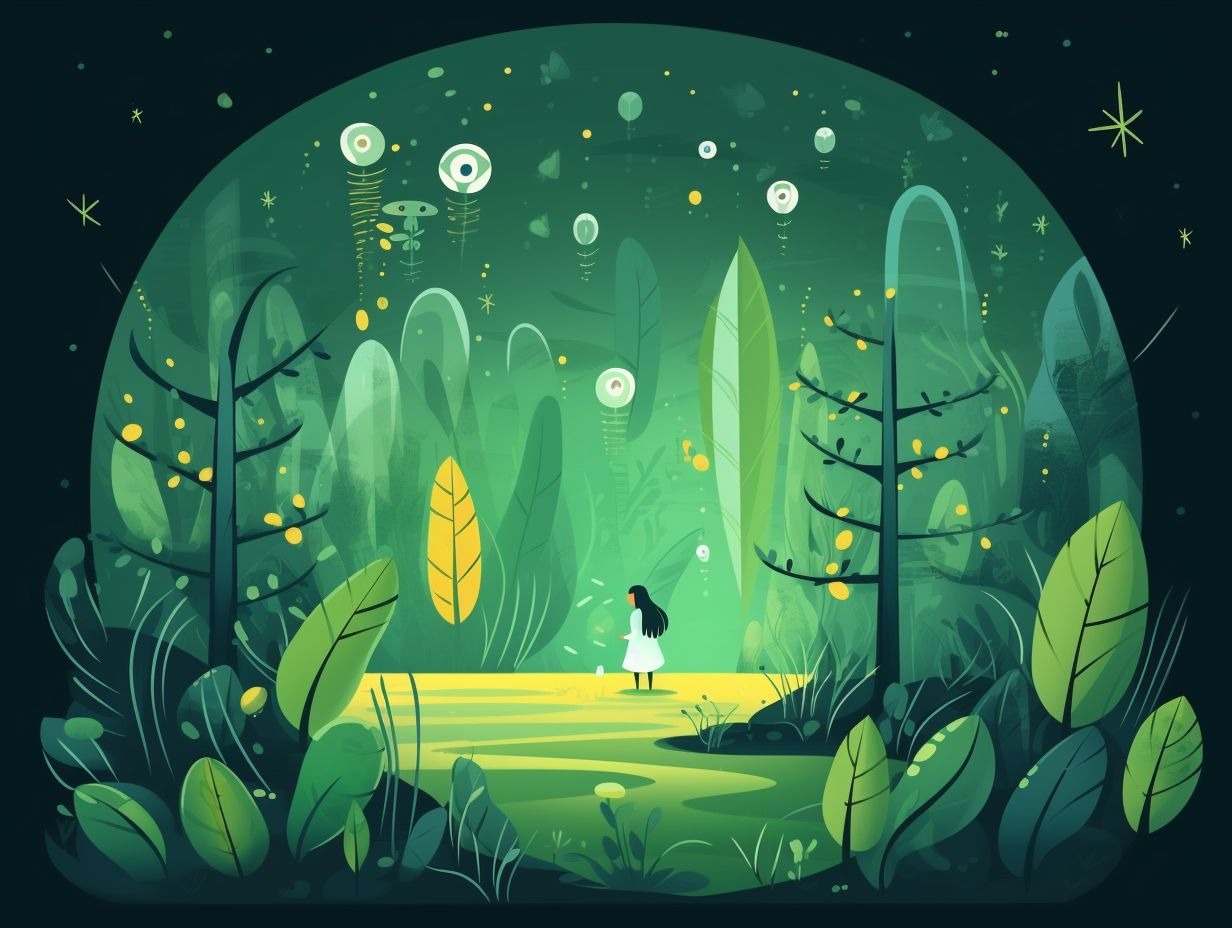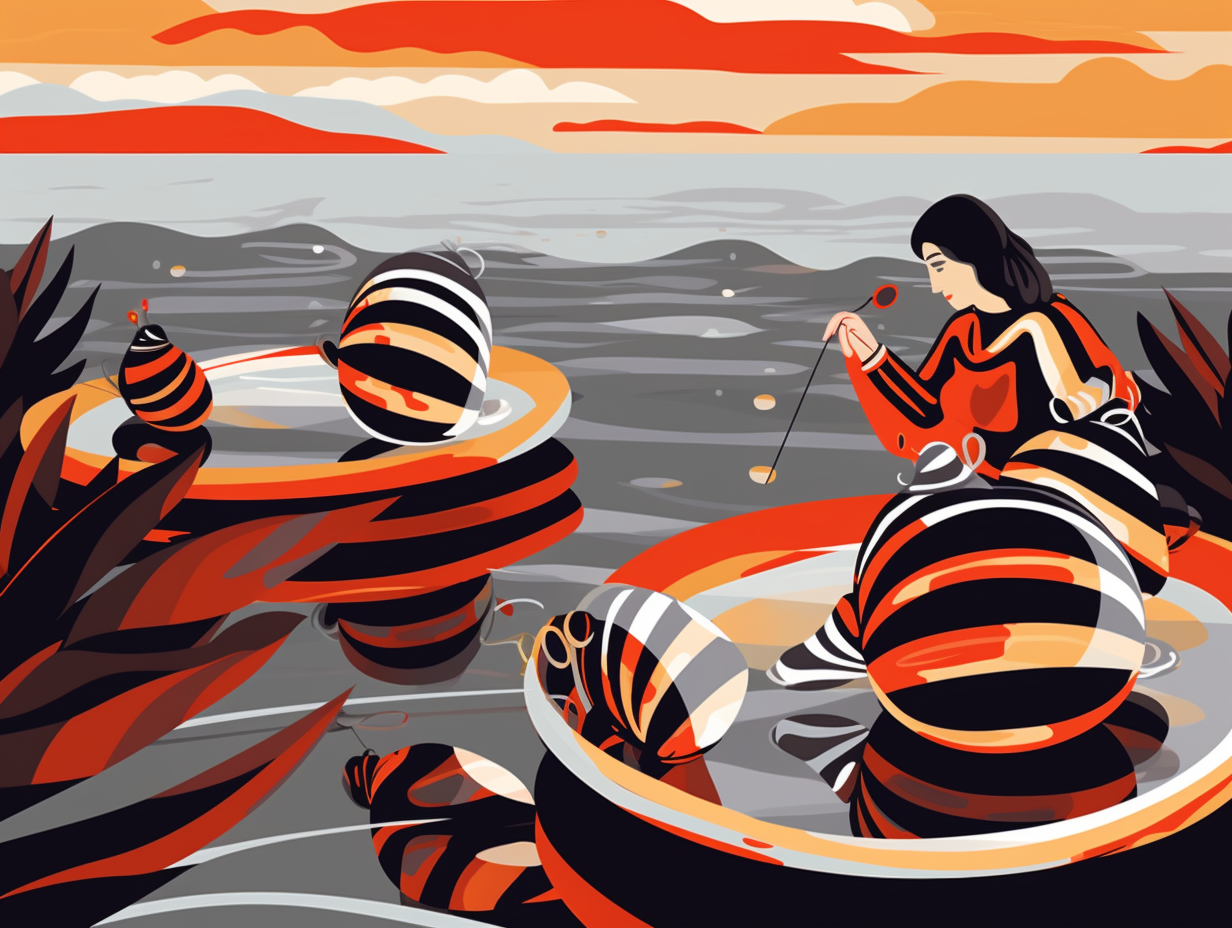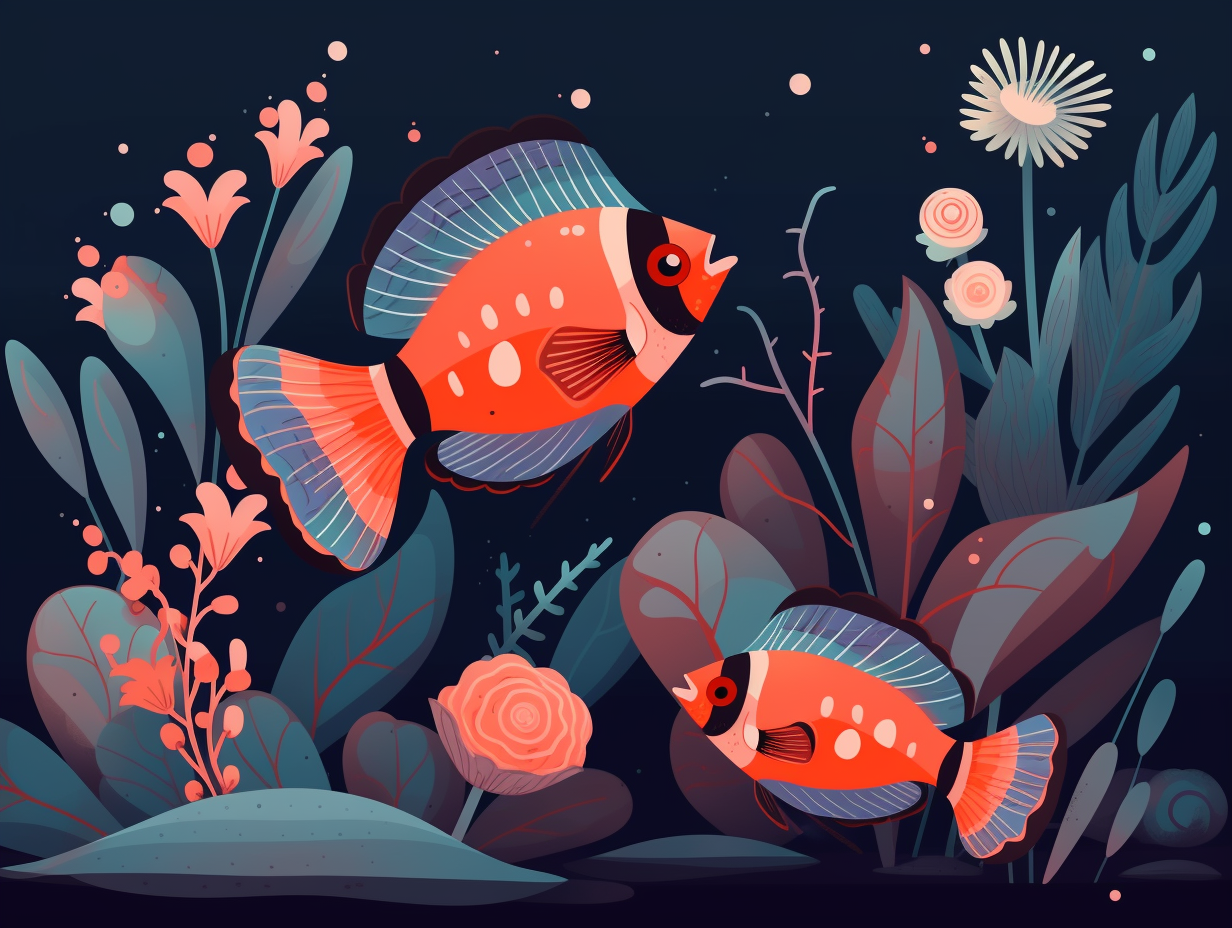Discover the Wonders of Euglena: Top 13 Fun Facts You Never Knew About These Fascinating Microorganisms

1. Euglena's Ethanol Party
Euglena walk into a bar and say, "Forget the virgin mojitos, let's have some ethanol!": These genius critters possess a unique capacity called the glyoxylate cycle, which enables them to use two-carbon molecules like ethanol and acetate as sources of carbon and energy, allowing them to prioritize their carbon source utilization and develop the metabolic capacity to use rare sources like ethanol, saving chloroplast development for when light and CO2 are readily available.
Source => pubmed.ncbi.nlm.nih.gov
2. Disco Ball Eyespots
Step aside, disco balls: Euglena are the original light-chasers with their built-in, shimmering eyespots! Oozing with carotenoids and getting smaller with each cell division, these eyespots help them sense light and navigate their microscopic world with ease. Although they temporarily vanish during the process, they're always back and shining bright for the next generation!
Source => mdpi.com

Discover the magical blend of creativity and intuition that makes Pisces stand out in the world of art, music, and humor. 🎨🔮✨
=> Fun Facts about Pisces
3. Versatile Euglena Resume
Euglena gracilis: the microscopic algae with a resume so versatile, it could give an octopus a run for its tentacles: This little all-rounder is proficient in both photoautotrophic and heterotrophic growth, thrives in a wide range of carbonaceous environments, and laughs in the face of low pH, temperature shifts, and heavy metal jams. Plus, it's got a green thumb for cleaning up wastewater, significantly reducing nitrogen and phosphorus levels on its algae-licious watch.
Source => ncbi.nlm.nih.gov
4. Metaboly: Twist and Shout
Euglena gracilis: The blob that could take on the twist and shout! This tiny organism throws some serious shapes when forced to squirm its way through cramped spaces: Scientists discovered that Euglena utilizes a unique method known as metaboly to adapt its gait and crawl through varying degrees of confinement, showcasing its mastery of mechanical self-regulation.
Source => phys.org

5. Culinary Flexibility
Euglena may have flunked out of the School of Fish, but they've certainly mastered the art of culinary flexibility: these clever single-celled organisms can either whip themselves up a solar-powered feast through photosynthesis or munch on their fellow microscopic beings for energy, all depending on what's on the microscopic menu for the day.
Source => cliffsnotes.com
6. Blue Light Rave Freeze
Did you hear about the Euglena who went to a rave? They only needed a hit of intense blue light to freeze them in their tracks like a deer in headlights: Euglena gracilis cells experience a temporary 2-30 second pause in movement, known as "freezing behavior," when exposed to high-intensity blue light pulses, serving as an indicator of their metabolic status and showcasing the fascinating complexity of these single-celled organisms.
Source => academic.oup.com
7. Fish Assassins with Euglenophycin
Euglenas: Nature's unexpected fish assassins! These seemingly harmless microscopic creatures pack a punch with a secret weapon under their cellular sleeves to feel like they're swimming with the fishes: a unique alkaloid called euglenophycin, responsible for toxic effects on fish and even causing fish deaths in some bodies of water where these stealthy killers lurk.
Source => byjus.com
8. Underwater Inchworm
Behold, the microscopic inchworm of the aquatic world: The euglena, a single-celled organism that sports a fancy outerwear called the pellicle – a stiff, yet flexible layer that not only maintains their sleek physique, but also grants them the ability to scrunch and squirm their way around like a teeny-tiny, underwater contortionist.
Source => biologycorner.com
9. Responsibility Meets Party Lifestyle
You know how some people are labeled "party animals"? Well, Euglena gracilis might just be the "party unicellular organism" we didn't know we needed at our next rave: This little creature can withstand extreme conditions like acidic environments and radiation, and even has the potential to help clean up water pollution caused by heavy metals and organic carbon. Talk about being fun and responsible at the same time!
Source => frontiersin.org

10. Painting the Pond Red
It seems there's a real "party animal" lurking beneath the waters, painting the town red – or rather, the pond: Enter Euglena sanguinea, a species of Euglena that contains copious amounts of astaxanthin pigment, causing bodies of water to transform into vibrant shades of red, all the while producing toxins detrimental to our aquatic friends.
Source => milnepublishing.geneseo.edu
11. The Kardashian-like Algae
In a twist straight out of a algae-version of Keeping Up with the Kardashians, Euglena and her posse, Phacus and Trachelomonas, are notorious for their attention-grabbing antics in the aquatic world: Known to show off in eutrophicated shallow ponds with high temperatures, these green divas cause a scene by inhibiting the growth of other algal species and leaving fish gasping for breath at the surface, especially during their grand annual appearance in late August in fertilized ponds with higher nutrient concentrations and acidic environments.
Source => researchgate.net
12. Nutty Professor Sibling
If the Nutty Professor had a single-celled aquatic sibling, it would be Euglena, notorious for noshing on both the green buffet and the animal kingdom smorgasbord: Euglena uniquely combines plant-like abilities, such as photosynthesis, with appetites for organic matter like an animal, making them highly versatile players in aquatic food chains and organic matter conversion processes.
Source => jstage.jst.go.jp
13. Bend it Like Euglena
Bending it like Euglena: You think Beckham's got moves? Check out this party-loving protist! Euglena is the ultimate twist-and-shout organism, boogieing through its aquatic world with unparalleled grace and smooth moves, all thanks to an elastic groove made of protein bands attached to its cytoskeleton. Its secret navigator? A cool-looking, tiny eyespot that gives the command to its two flagella, making this microscopic swimmer the star of the microscopic rave scene: The incredible flexibility of euglena is due to protein bands attached to its cytoskeleton, allowing it to twist and bend uniquely compared to other protists, while it relies on an eyespot to sense light and direct the movement of its dual flagella.
Source => courses.lumenlearning.com
Related Fun Facts




















